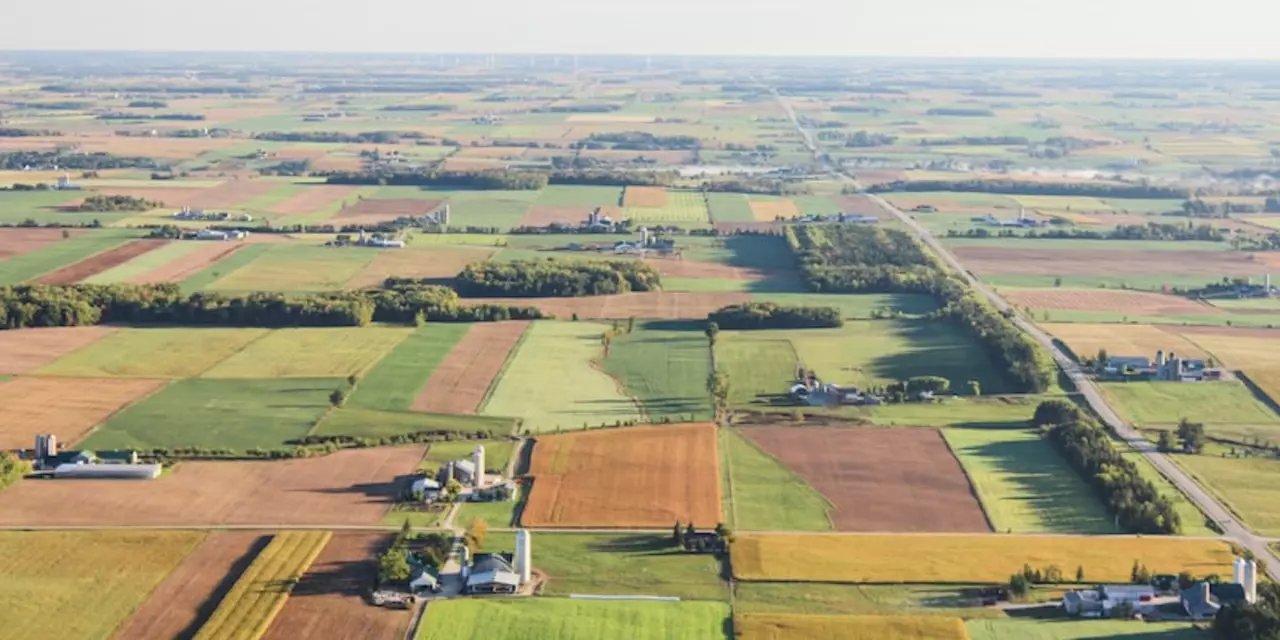Indian Rural Village Life: What You Need to Know
Ever wondered how people in India's remote villages go about their day? It's a mix of age‑old traditions and new ideas, all happening on the same dusty road. From early‑morning chores to evening chats under a mango tree, life here moves at its own pace. Below we break down the everyday reality, the biggest hurdles, and where bright changes are popping up.
Daily Life in an Indian Rural Village
Morning starts with the rooster’s call, followed by a quick wash at the community well. Most families earn a living from small farms – wheat, rice, or millets – depending on the region's climate. Children walk a few kilometres to a government school; many carry a tin lunchbox with rotis and a spoonful of chutney. Electricity is now common, but outages still happen, so lamps and batteries are still in use.
Women play a crucial role. They tend to kitchen gardens, fetch water, and often handle extra work like stitching or running a tiny shop. Men may travel to nearby towns for cash jobs, especially during the off‑season. Social events like festivals, weddings, and village fairs bring everyone together, and you’ll hear folk songs echoing through the fields.
Key Challenges and How They're Being Tackled
Infrastructure is the biggest pain point. Roads can be rutted, making it hard to bring produce to market. Mobile connectivity is improving, but many spots still rely on spotty 2G signals. To fix this, NGOs and government schemes are building better roads and setting up solar‑powered towers.
Education gaps are another issue. While primary schools exist, quality varies. Teachers often lack training, and drop‑out rates rise after grade five. Programs like digital classrooms and scholarship drives are helping kids stay in school longer.
Agriculture faces unpredictable weather and limited access to modern tools. Farmers now use smartphones to check weather forecasts and market prices, which helps them plan better. Micro‑finance groups also lend small amounts for buying better seeds or a tiny tractor.
Health services are sparse; the nearest clinic may be miles away. Mobile health vans now visit villages weekly, offering vaccinations and basic check‑ups. Some villages have started community health volunteers who can alert authorities in emergencies.
Lastly, water scarcity hits many areas during summer. Rainwater harvesting tanks and check‑dams are being constructed to capture monsoon runoff, ensuring a steadier supply for both drinking and irrigation.
All these changes show that while challenges remain, Indian rural villages are not stuck in the past. With a blend of community spirit, simple tech, and targeted support, they’re slowly shaping a future that keeps the best of tradition while embracing modern benefits.
How is it like to live in an Indian rural village?
Living in an Indian rural village is an experience that is a mix of rich culture and tradition, but also one of poverty and struggle. In rural India, life is still based on the traditional caste system and is largely agricultural, as most inhabitants are farmers. Despite the lack of material goods, the villagers often experience strong community ties, with people helping each other in times of need. They are also deeply connected to their cultural heritage, which is observed in daily practices, religious ceremonies and festivals.
